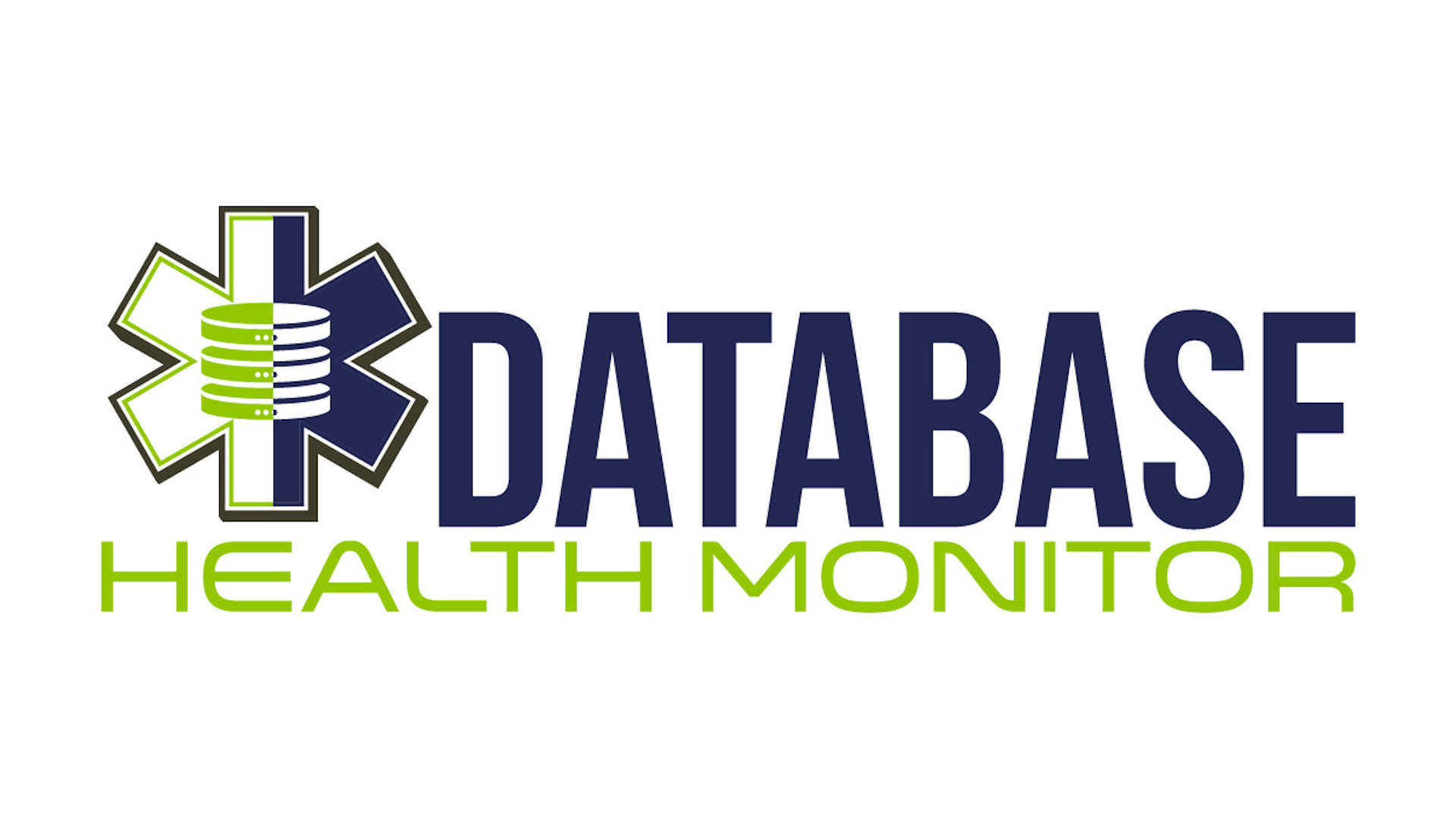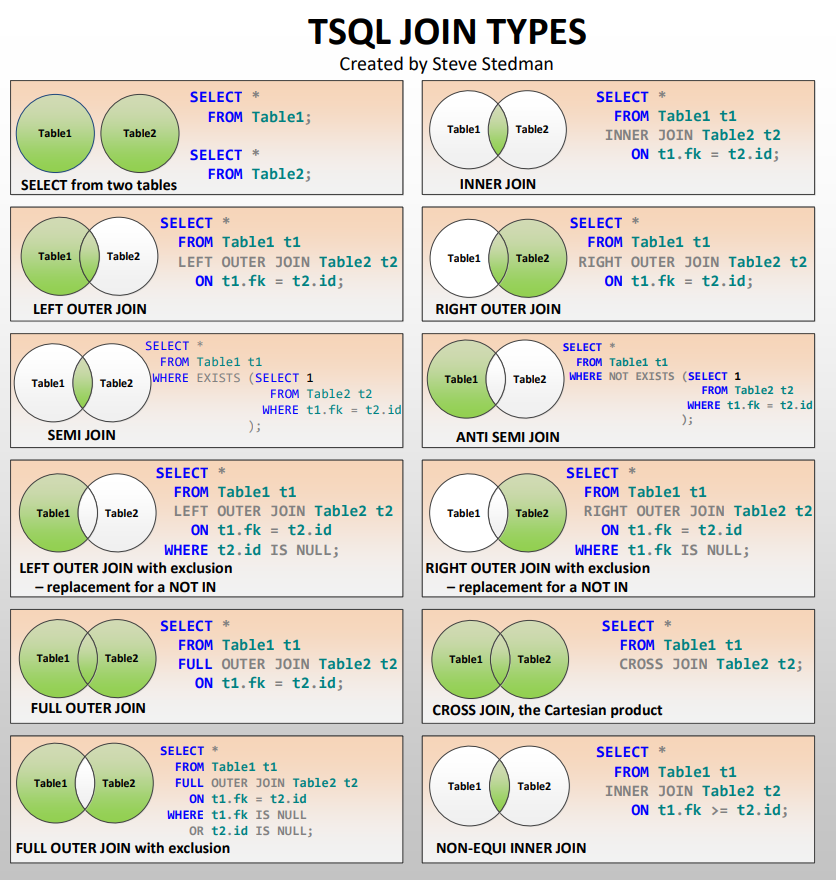Database Health: Monitoring Backups with Database Health Monitor
Monitoring backups is an essential part of database administration, as it ensures that you have reliable and up-to-date backups in case of data loss or corruption. The Database Health Monitor for SQL Server provides insights into backup status, enabling you to identify potential issues and take corrective action to ensure that your backups are running smoothly. The Database Health Monitor …
Database Health: Monitoring Backups with Database Health Monitor Read more »









